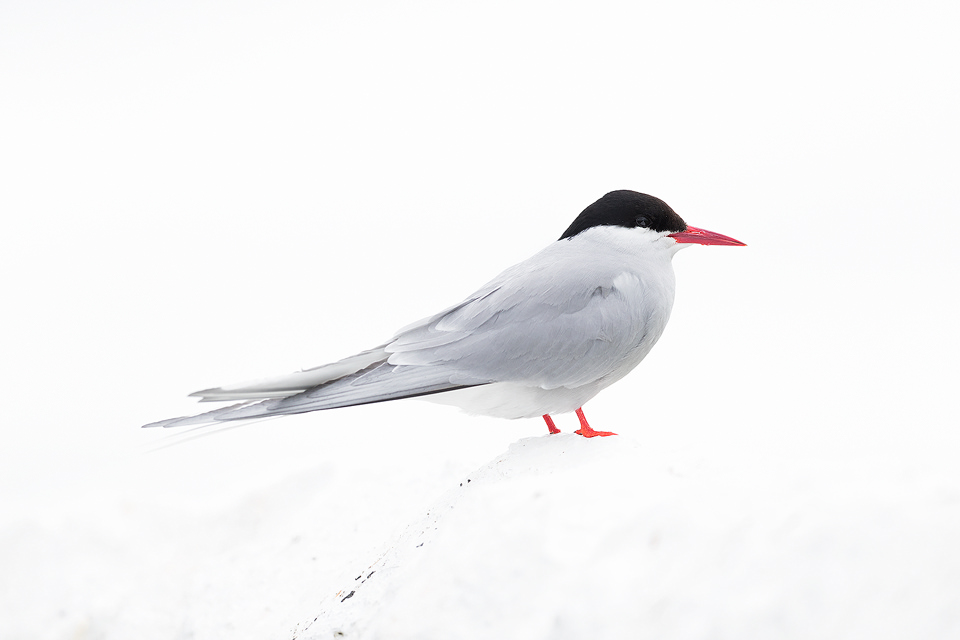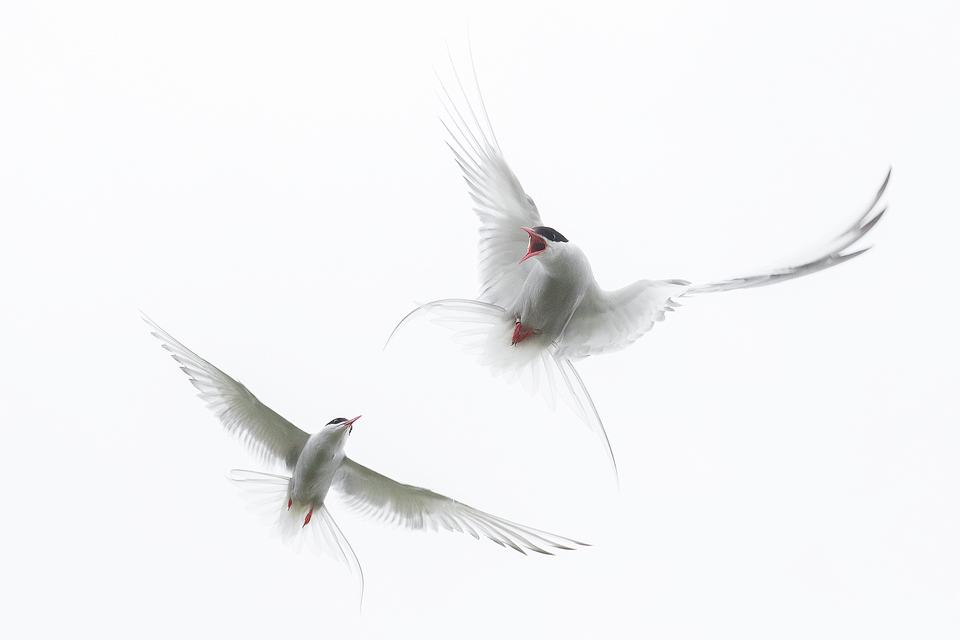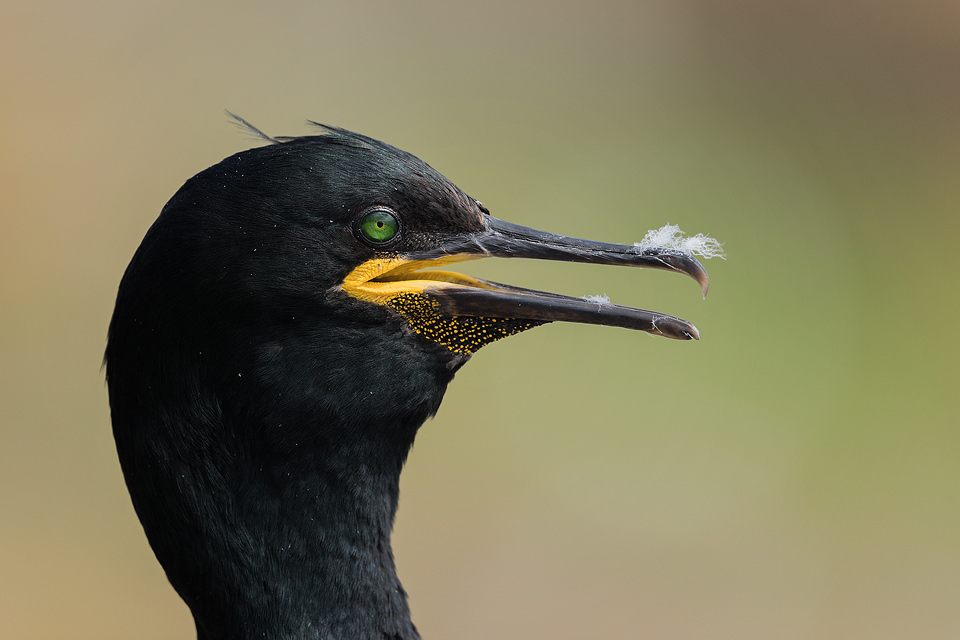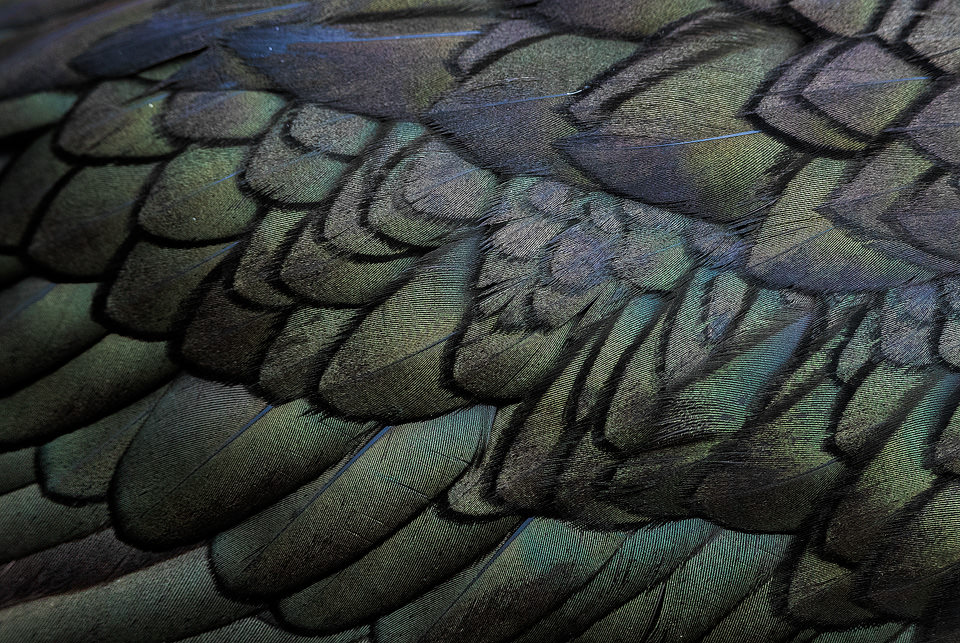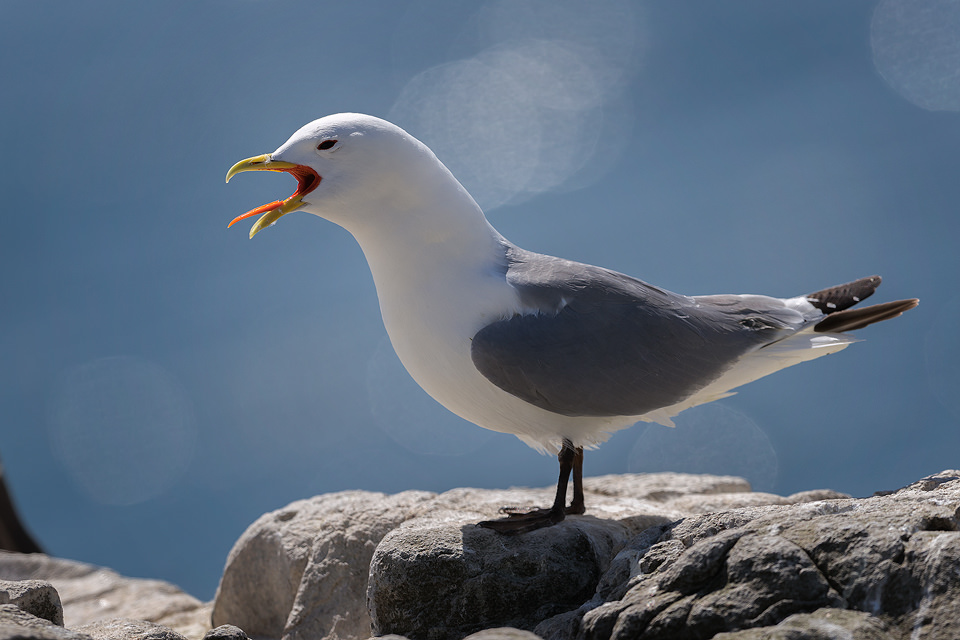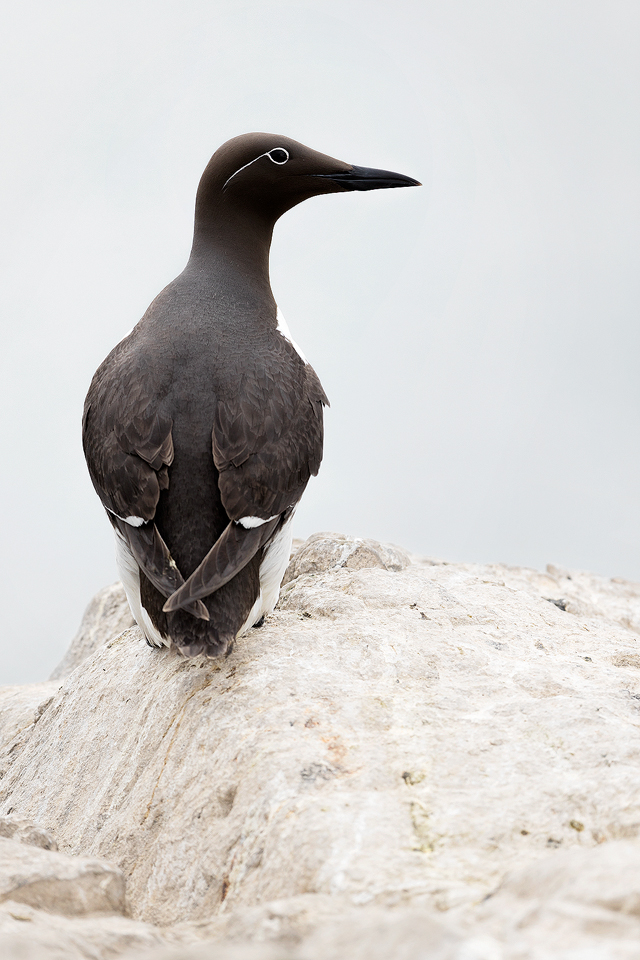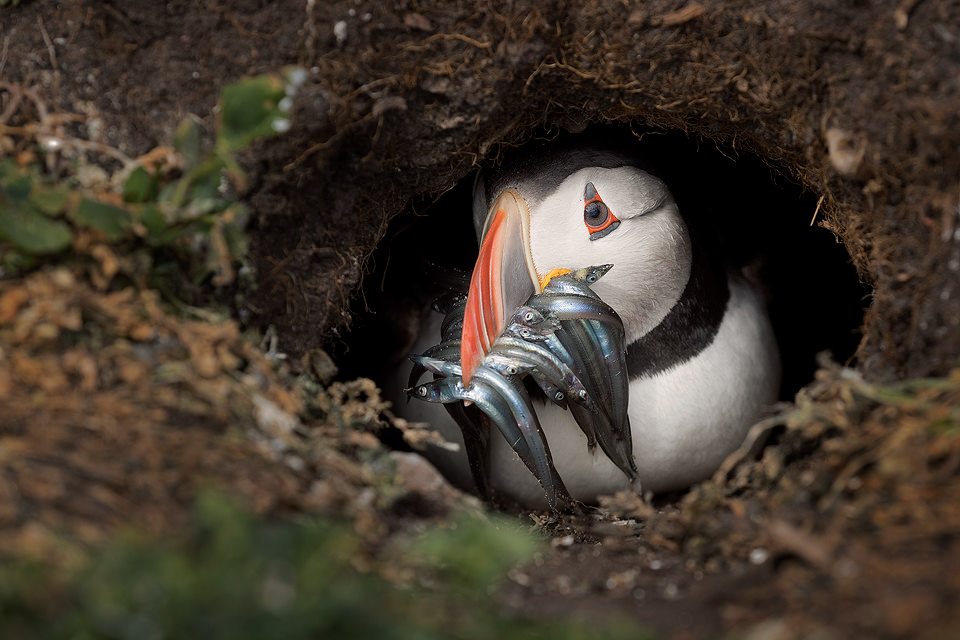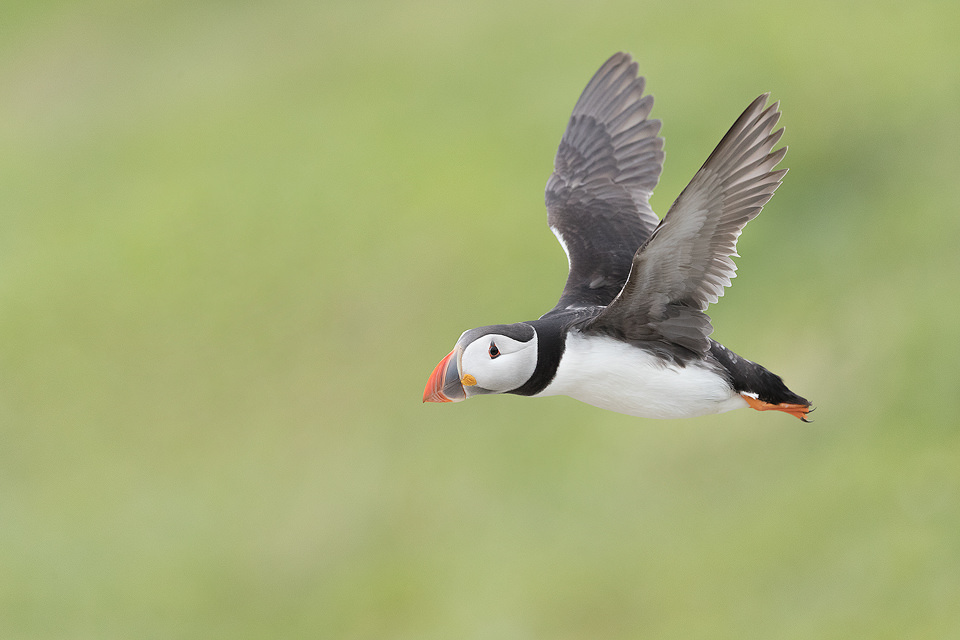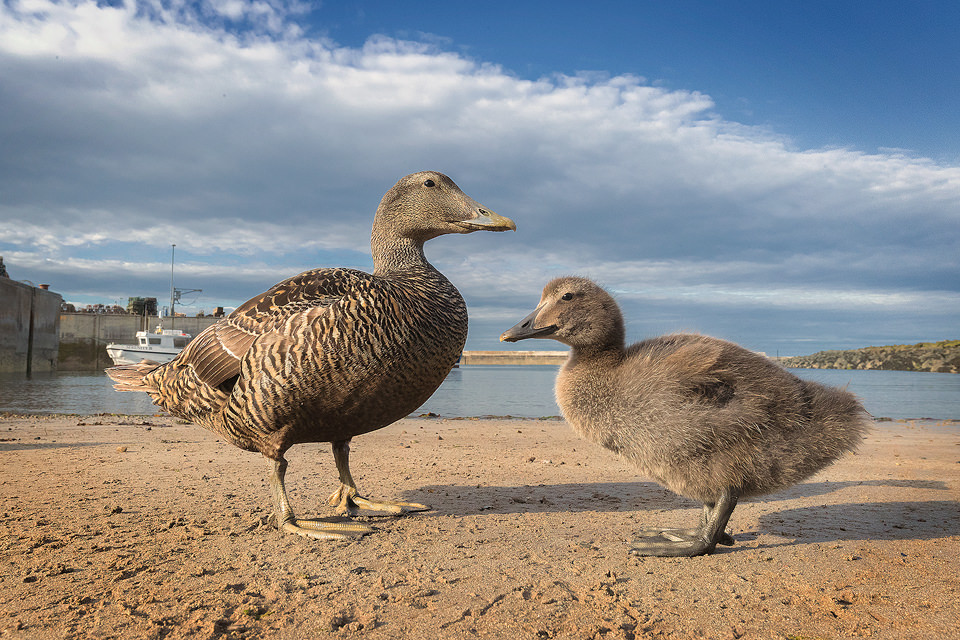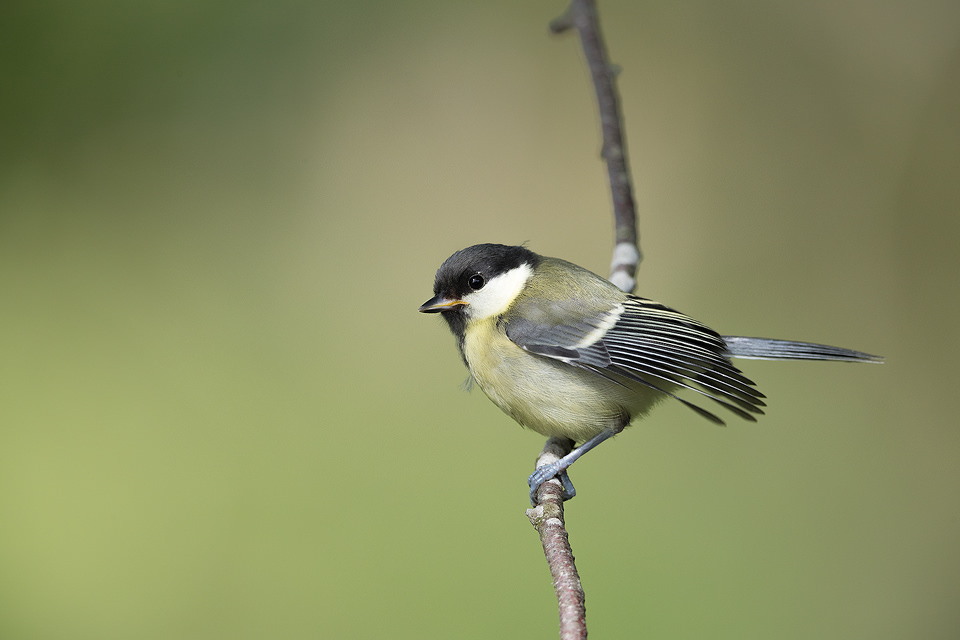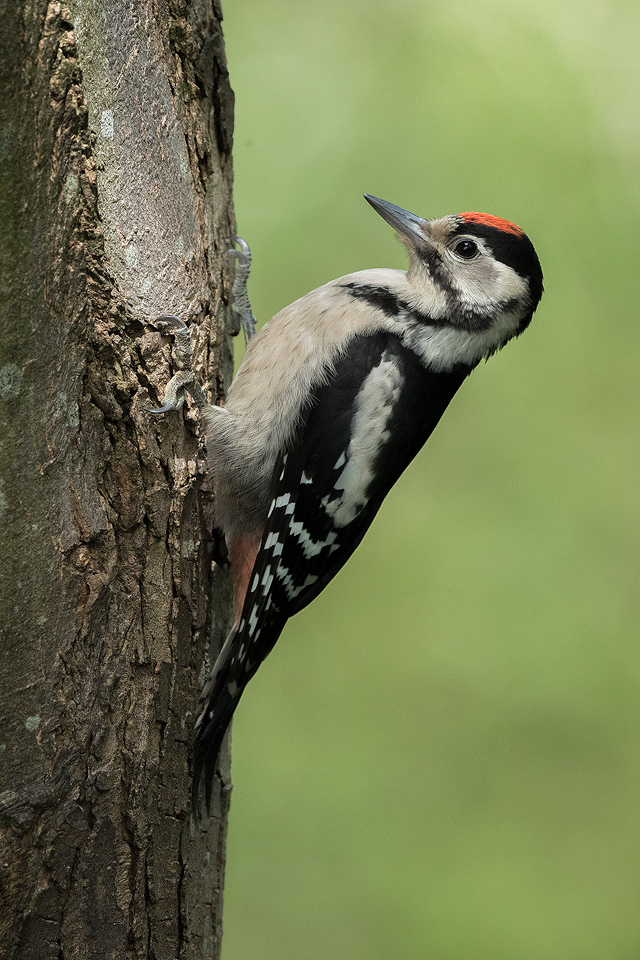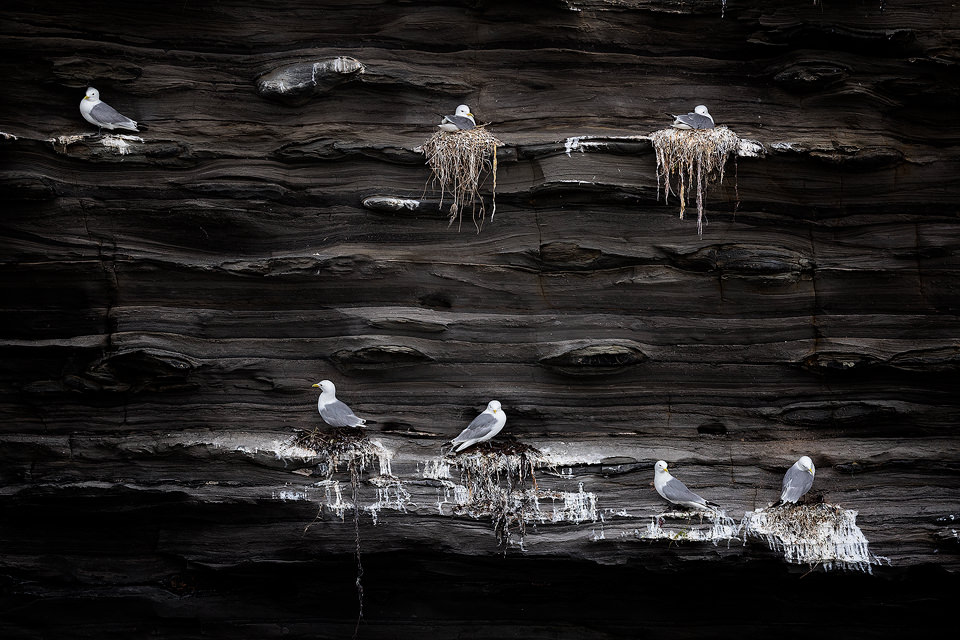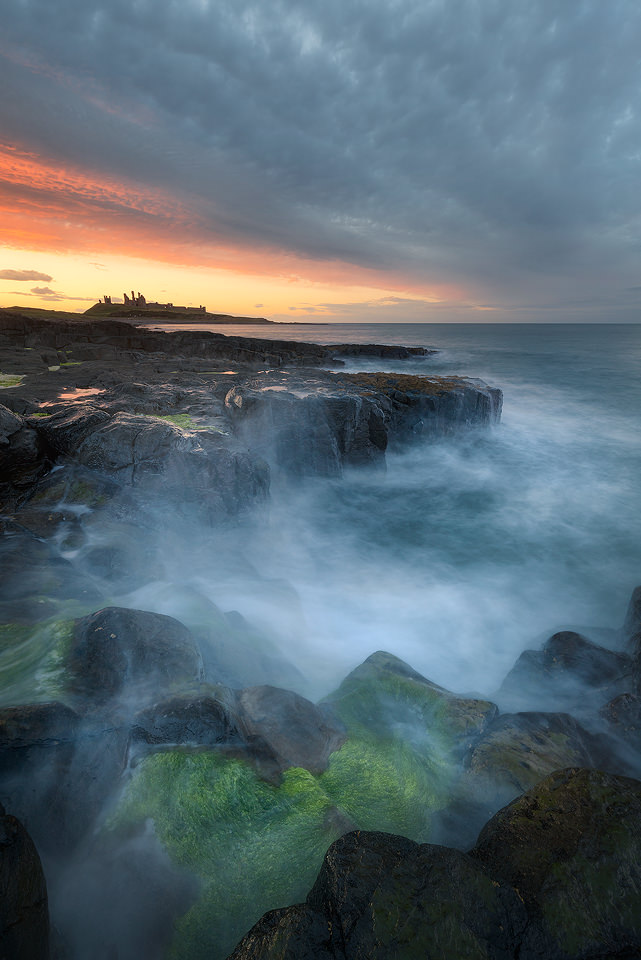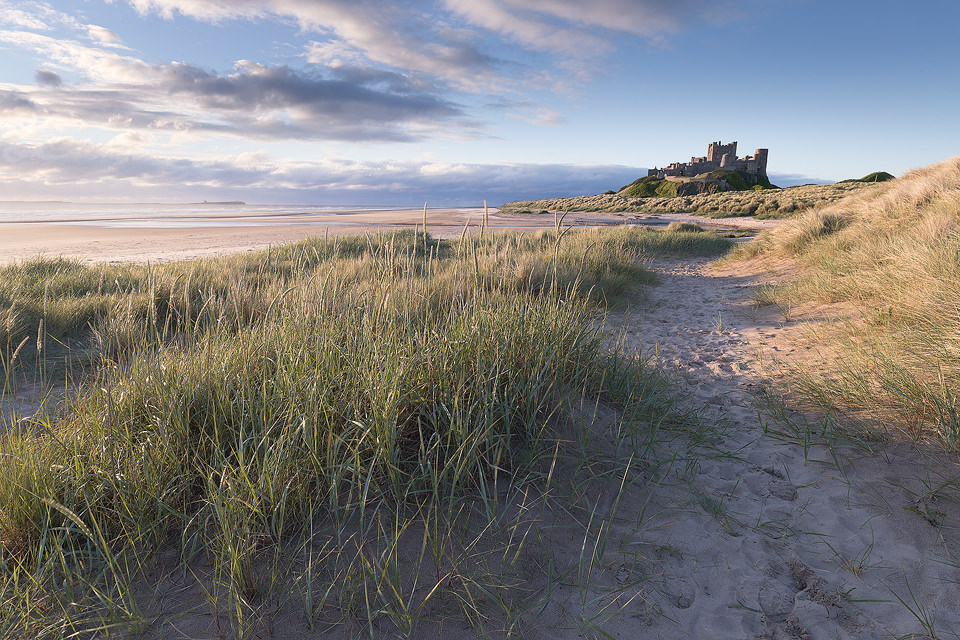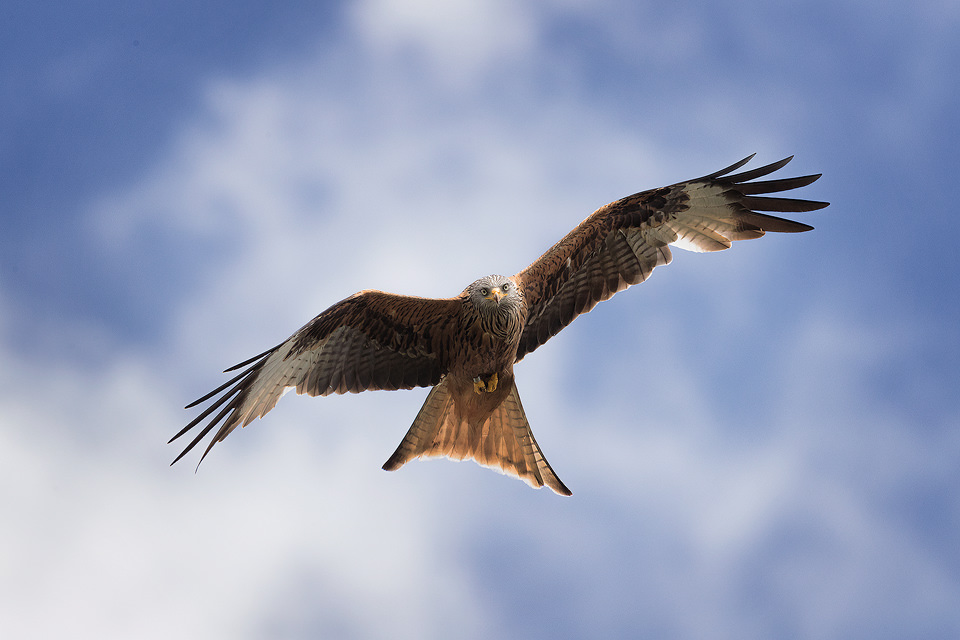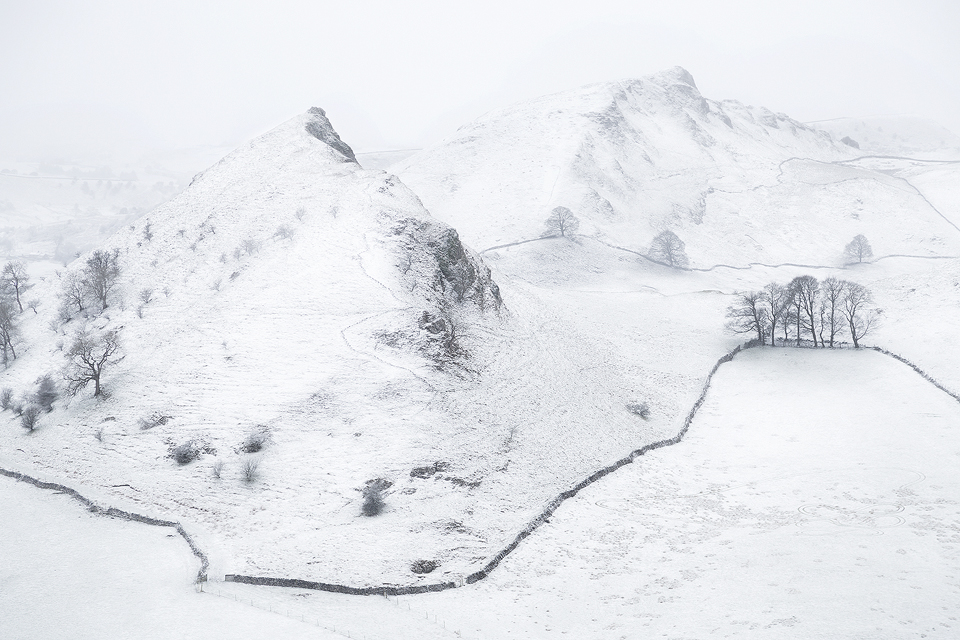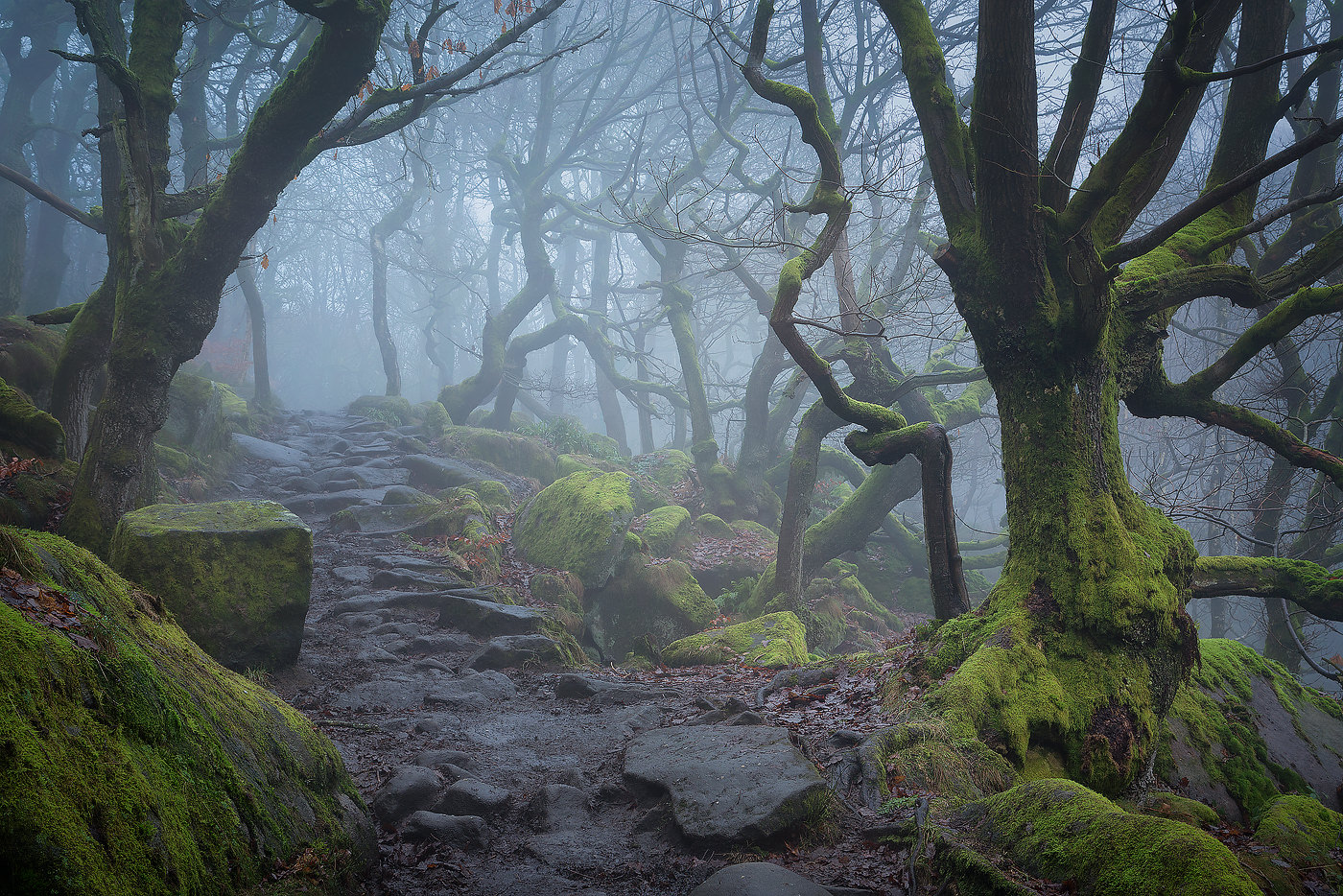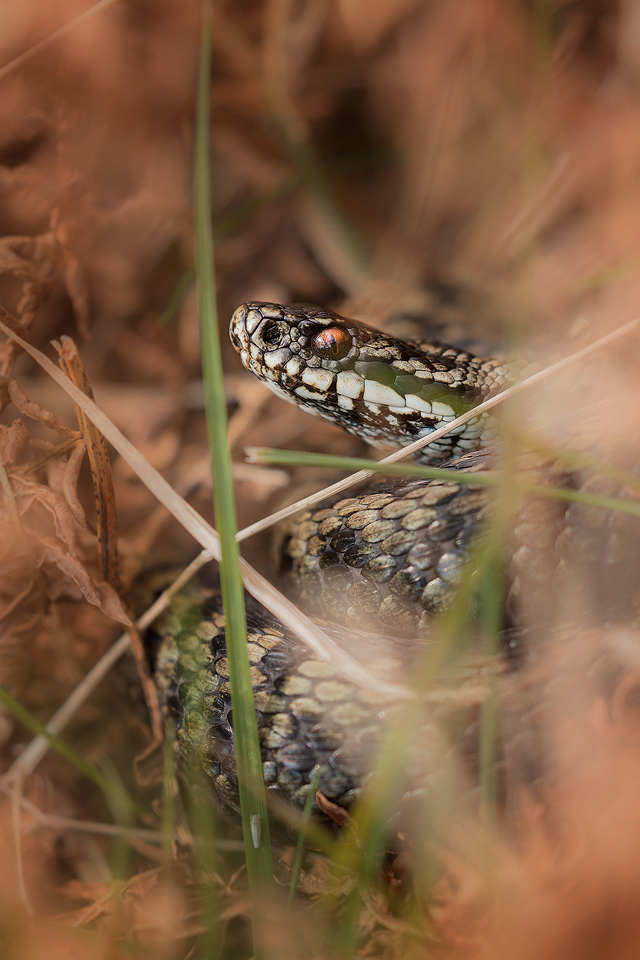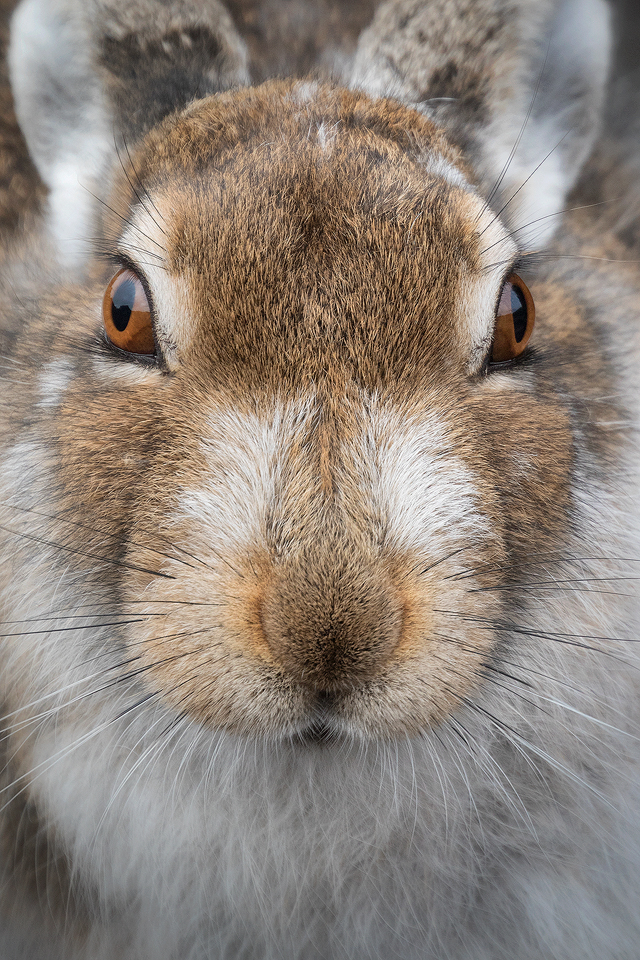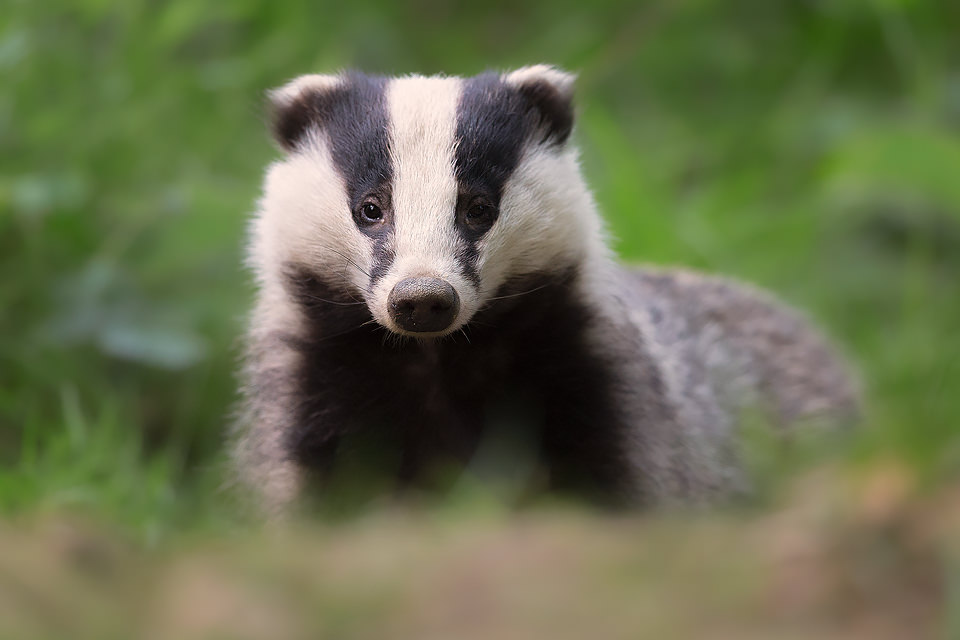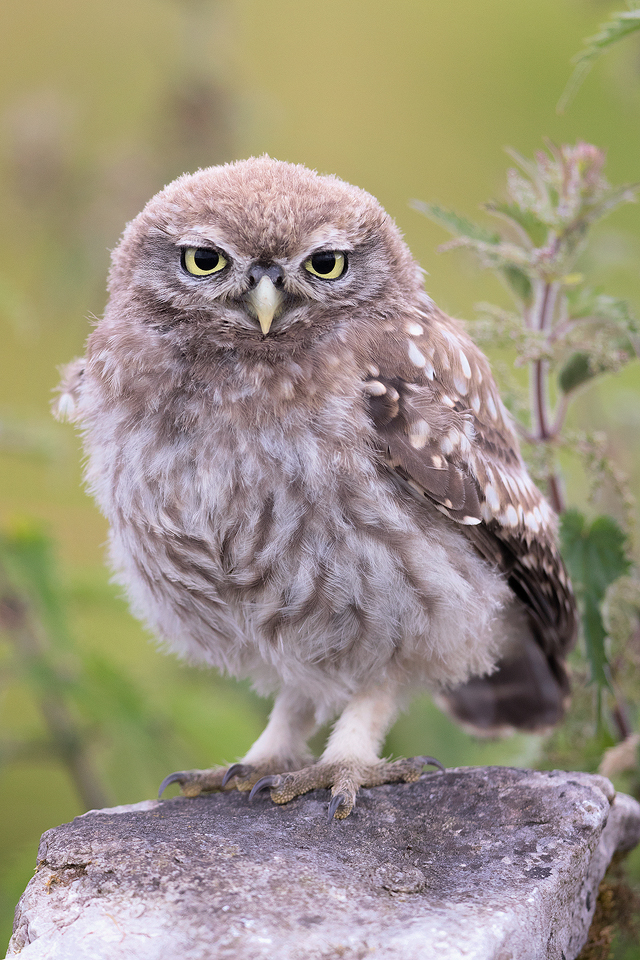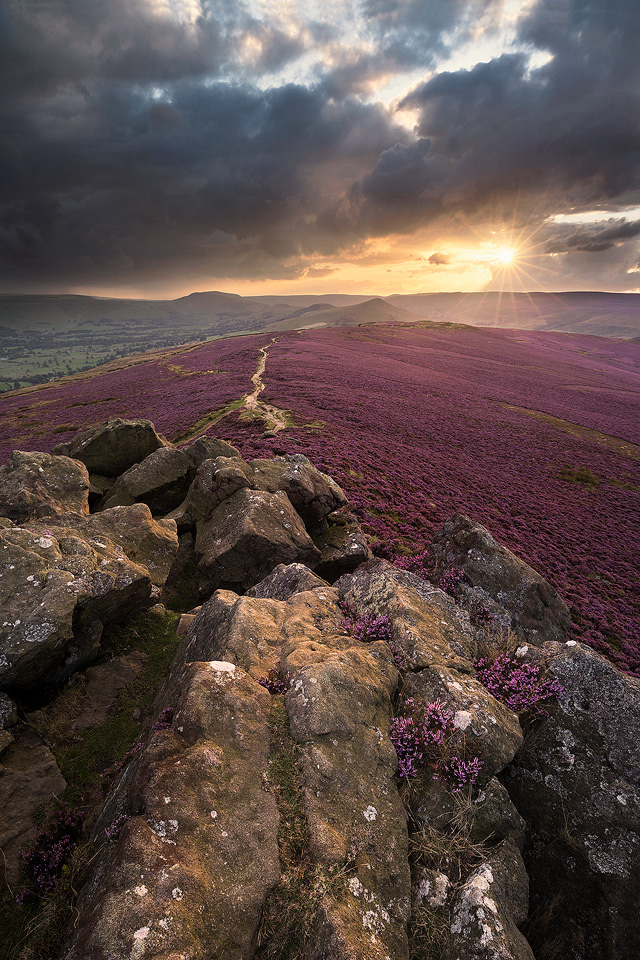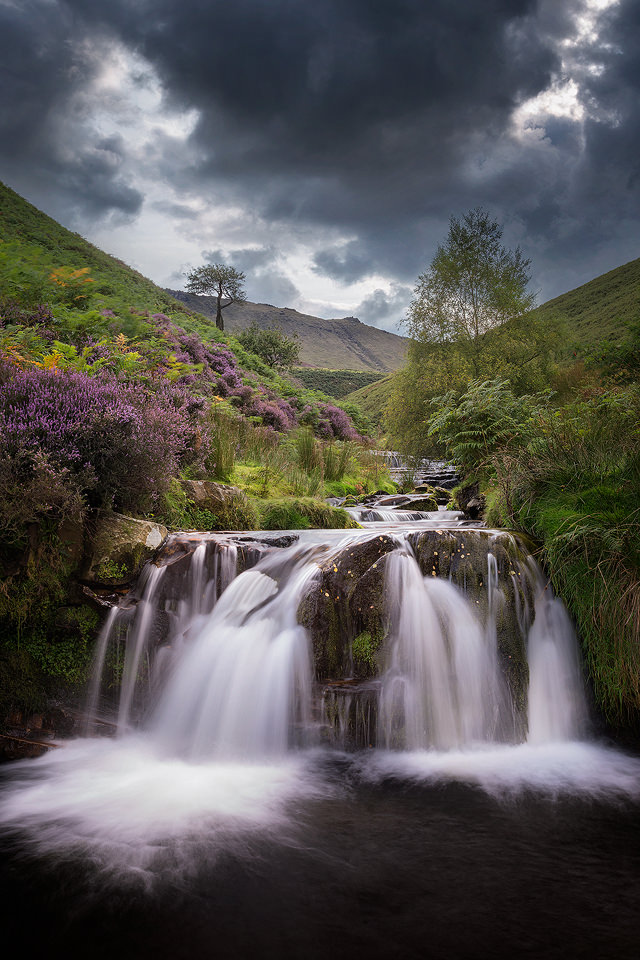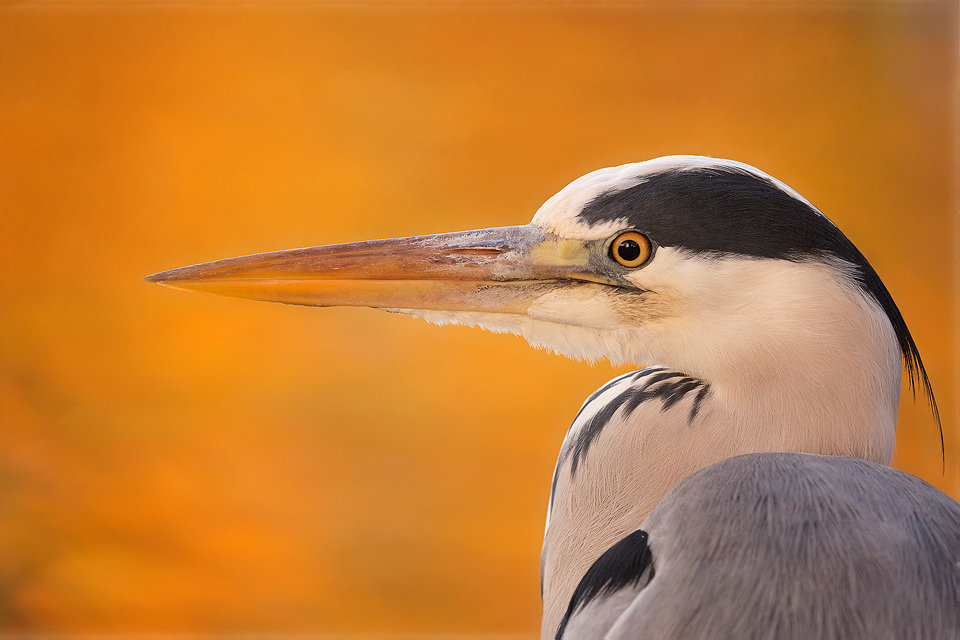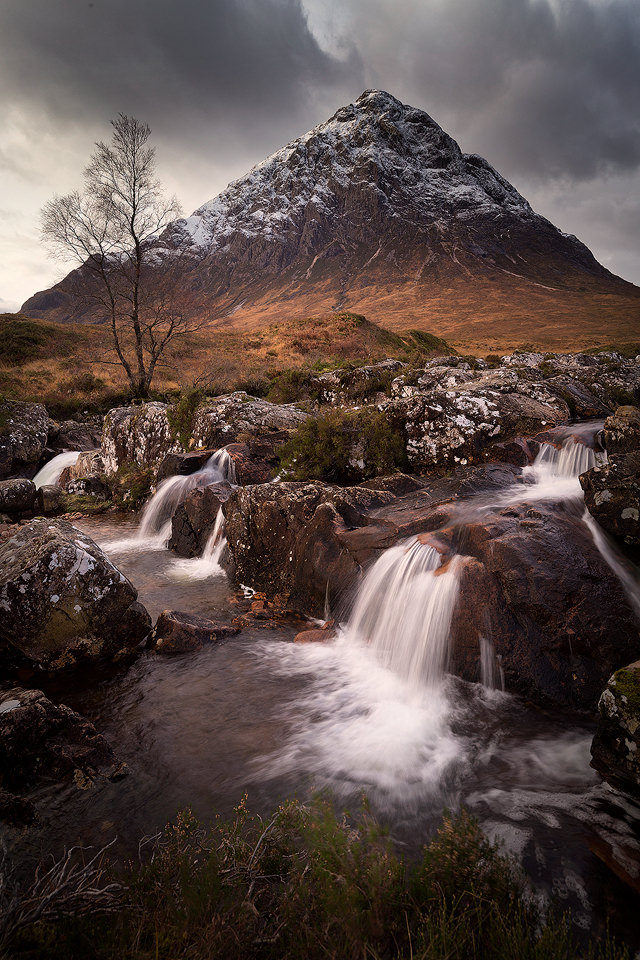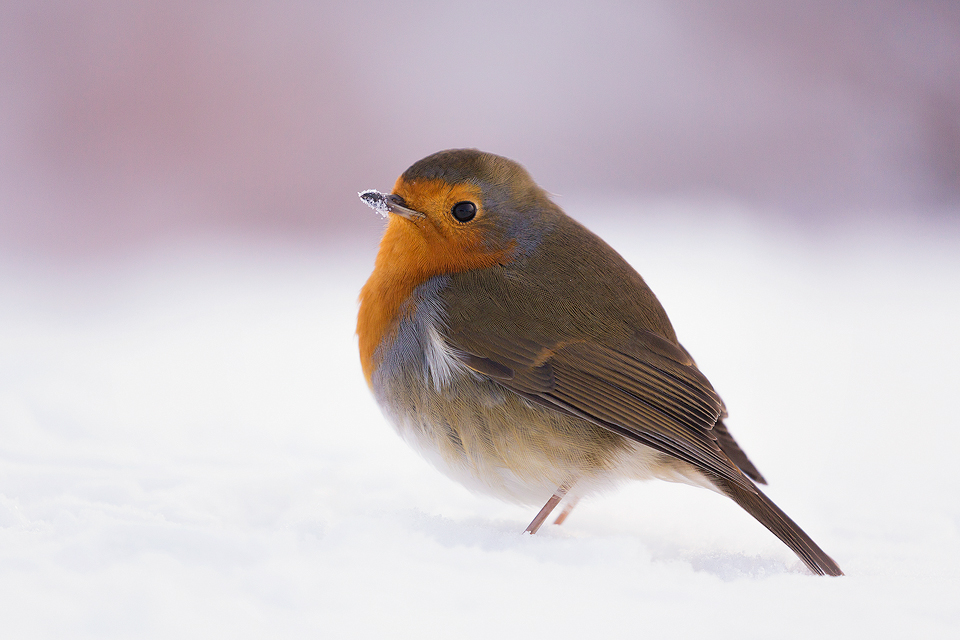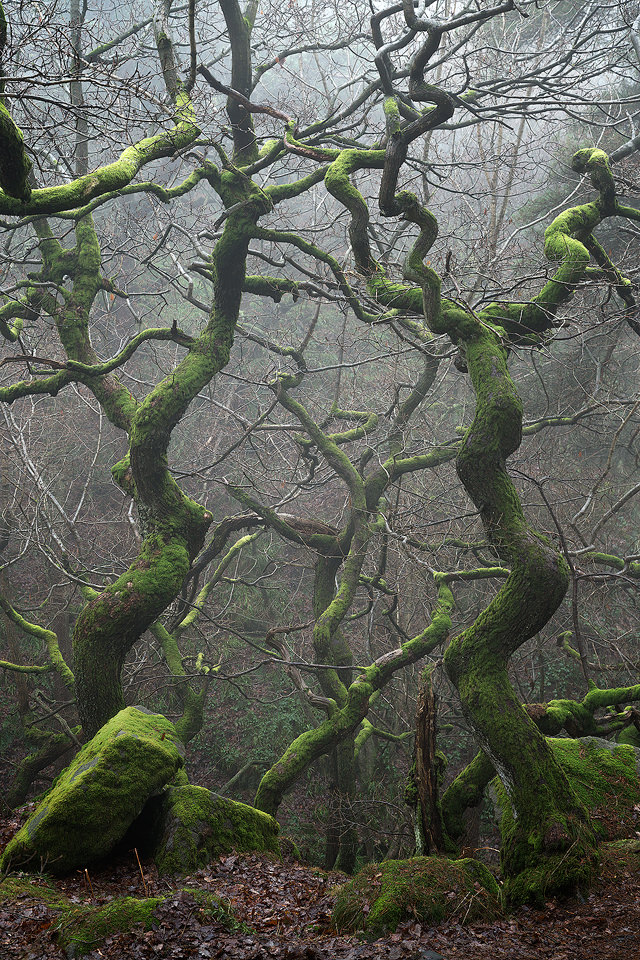Over the Spring and Summer months millions of seabirds come to our shores to breed in the vast seabird colonies. One of the best places to see this incredible wildlife spectacle is the North East Coast, more specifically around the Farne Islands.
I always try to make the trip at least once a year and 2018 was no different, so in June I headed up for a week with some friends in order to expand my portfolio of this stunning region. The focus was primarily Seabirds, but I also wanted to expand my collection of local landscapes as pretty much every other time I had been had been a washout!
The Farne Islands
Over the years I have built up a huge portfolio of puffin images and year after year I try not to go puffin mad. Although I did slightly better this year I still ended up with hundreds! During the week we managed two fantastic trips. Although sadly the swell was too much to land on Staple island for the second trip which unfortunately happens to be my favourite of the two public islands!
The featureless overcast sky and white painted wall allowed me to create this high key portrait of an Arctic Tern. Overcast conditions like this don’t offer much in terms of contrast, but are perfect for bringing out colour and detail.
High key action shot of two terns squabbling mid flight.
Shag ‘panting’ in the extreme heatwave of 2018. Inner Farne, Northumberland.
During the summertime around 150,000 breeding pairs of seabirds flock to the Farne Islands to nest. With such huge numbers crammed onto these tiny islands they are undoubtedly one of the best places in the UK to get close to sea birds.
Shag Details. Close up of the feather detail of an adult shag, showing their glossy green plumage in the afternoon sunlight.
A rare tender moment between two razorbills on Staple Island. These feisty little seabirds are often mistaken for puffins when seen mid flight and are in fact members of the same family, the Auk. With small black eyes on black feathers it can be really tricky to show the razorbill’s eyes, particularly on overcast days such as this where there was no chance of a catchlight.
Kittiwake captured mid flight with the afternoon sunshine glistening off the water, creating a beautiful bokeh effect. These stunning birds are often overlooked in favour of the crowd pleasers, but for me their bright white plumage and red rimmed eyes make them just as interesting!
Kittiwake calling on the cliffs of Inner Farne. These gentle looking birds are not shy about asserting their claim over a territory.
Guillemot ‘panting’ and spreading its wings to cool off in the heat. The afternoon sunshine glistening off the water behind, created a beautiful bokeh effect.
Bridled Guillemot rests on the edge of the cliffs on Inner Farne. The bridled variety of the common guillemot is a genetic mutation caused by a single Mendelian gene-difference.
Classic portrait of a puffin with beak full of sand eels. If you look closely you can even see a squid at the tip of the beak! The Farne Islands offer one of the best opportunities worldwide to get up close and personal with these charismatic birds.
Puffin peers cautiously out of the burrow with a beak full of sand eels after a vicious gull attack. Puffins nest in burrows in the ground, roughly 1-1.5m long. The male birds dig the burrow using their strong bill and feet to push the soil out behind them. Puffins often return to the same burrow year after year and will defend their territory ferociously.
Puffin in flight, coming into land on Staple island. These fast flying birds are notoriously hard to capture in flight, so it took a fair few attempts to get this one with a beak full of sand eels mid flight.
Puffin isolated against a fresh green background. By using a wide aperture and getting right down to eye level I was able to completely blur the background and foreground, isolating the bird.
Puffin in flight against a fresh green background.
Puffin preening.
Seahouses Harbour
During the Summer months the harbour becomes a nursery for families of Eider ducks with the locals providing plenty of much needed food.
I had to get pretty wet and sandy to get this water level image but I hope it was worth it in the end!
Little and large Eider Ducks. Eider duck and her duckling in Seahouses Harbour. Strangely the birds wouldn’t come anywhere near my camera on a remote shutter, but as soon as I picked it up they allowed me to get extremely close to them for this wide angle image.
The Bird Hide
Whilst up in Northumberland we also spent some time photographing a range of woodland birds from a local bird hide. Our birds are under a lot of pressure during the spring and summer, providing for their demanding young.
Juvenile Blue Tit
Juvenile Great Tit
Male Siskin
Goldfinch
Juvenile Greater Spotted Woodpecker
Nanny Long
Nanny Long is one of the best places to photograph Terns in flight. Protected by wardens for the three month breeding period, it is a sanctuary for more than 2000 breeding pairs of Arctic terns. Thanks to conservation efforts it is also a nationally important breeding site for the very rare Little Terns which have increased to 30-50 pairs, a staggering 2% of the British breeding population.
Arctic terns squabbling mid flight near Beadnell on the North East Coast. These ferocious birds are extremely territorial and will chase any intruders away from the nest, including people!
Arctic Tern portrait taken on Beadnell Beach, Northumberland. Here the birds nest in the sand dunes and fly out to sea to fish.
Cullernose Point
At Cullernose Point kittiwakes and other seabirds nest along the steep shale cliffs, using the layers in the stone as platforms. Here I stood back to take in the wider view rather than focusing on individual groups.
Kittiwakes nesting on sheer sea cliffs, Northumberland, UK. We had actually visited this location for some landscape photography, however I was much more taken with the nesting seabirds than the scenery here.
Dunstanburgh and Craster
Dunstanburgh Castle has been on my bucket list for two long and thankfully this time we finally got some good weather and I managed a couple of very productive sessions here.
Classic view of the black Embleton boulders looking towards the imposing shape of Dunstanburgh Castle. After photographing the sunrise at Craster we decided to visit the famous viewpoint at Embleton for the blue hour.
The black Embleton boulders looking out to Sea.
Dunstanburgh Castle from Craster. Craster is one of the few locations on the North East coastline that works well for sunset. After an unpromising start we were lucky enough to get some stunning light and afterglow above Dunstanburgh Castle. This natural horseshoe provided a great foreground for a long exposure, with the waves crashing against the rocks.
Bamburgh Castle
After shooting the blue hour at Dunstanburgh we headed back to the cottage for a couple of hours before heading back out to photograph the sunrise at Bamburgh. I had hoped to photograph the sharp rocky shoreline looking back towards the castle however as the sunrise coincided with low tide we were forced to head up to the sandy dunes instead.
Beautiful summer sunrise at the iconic Bamburgh Castle on the North East Coast. After photographing the sunset and blue hour around Dunstanburgh we headed to Bamburgh for the sunrise. After an unpromising start the sun eventually managed to break through the low band of cloud and we got some stunning light.
Harewood Red Kites
On the way up we up North we also stopped near Leeds to photograph the Red kite population which is really thriving here. Its always a pleasure photographing these stunning birds of prey. Particularly with such a dramatic sky behind!
As always thanks for reading!
